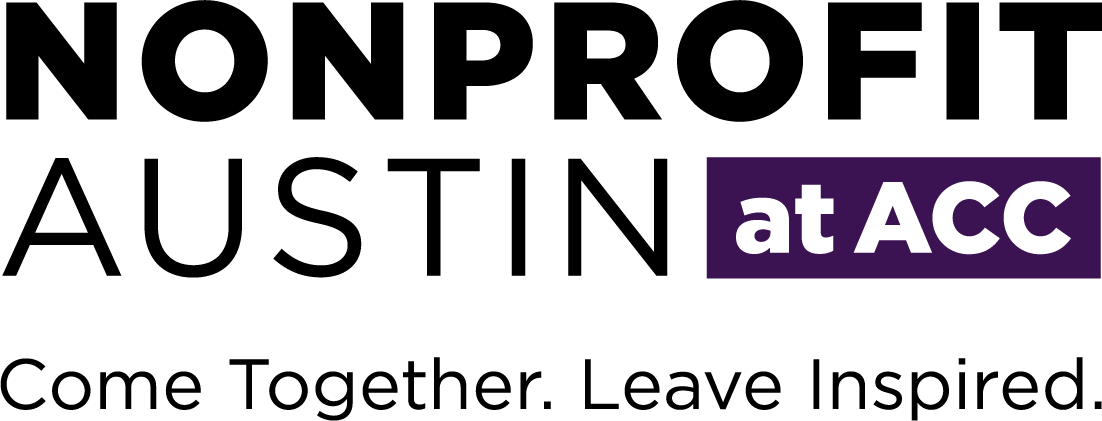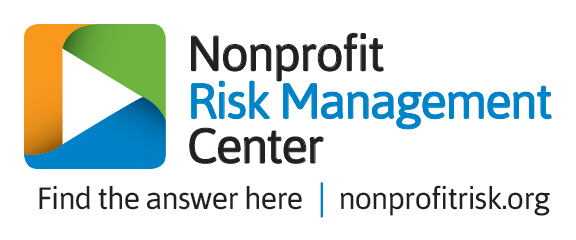Say Cheese! Serving Up Risk Communication
“How can you govern a country which has 246 varieties of cheese?” – Charles de Gaulle
Some argue that with this inquiry, French general and politician Charles de Gaulle lamented the Cold War era work ethic and priorities of his French compatriots. Others assert that de Gaulle was referencing the historic nature of France—its loose confederacy of states, cultural variance, and lacking lingua franca. It’s certainly possible that amongst a populace so diverse as to produce or enjoy ~250 cheeses, communities could struggle to share governance and language.
In my own recent quest for connection and cultural competence, I journeyed to Ireland with my family and longtime boyfriend. Ireland wooed us with her untouched, rugged landscapes—crosshatched with stone walls, dotted with fluffy sheep, and teeming with vibrant verdure. Ireland’s natural wonders could not be matched… but my second favorite experience was the cheese. Being my #1 food, I enjoyed a liberal dose of local cheeses during my holiday. I even treated myself to two books about cheese: Counter Culture: The Sheridans Guide to Cheese, by Galway cheesemongers Kevin and Seamus Sheridan; and, Milk Made, by Australian cheesemaker Nick Haddow.
Cheesy Risk Communication
Both Sheridans and Milk Made offer analysis, history, and recipes for distinct cheeses from Emmental to Cashel Blue to slowly cave-ripened Taleggio. While reading Milk Made’s final chapter on ‘Selecting and Serving Cheese,’ risk naturally came to mind; specifically, how serving cheese likens to risk communication.
- “Engage your senses when buying cheese,” encourages Milk Made author Nick Haddow. Use every sense available to you to design the appropriate risk messages based on your audience, your goal, and the situation at hand. Skilled risk communicators each develop their own positive and productive language, as I discuss at the end of a recent Risk Management Essentials article. If your risk communication senses are impaired in any way, seek counsel from your peers and some of the recipients of your intended message. Just as senses help us experience and enjoy cheese, developing empathy enables a Risk Champion to speak risk to the right people in a compelling way.
- “Allow the flavours to revive.” If your attempts at risk communication fail, let them rest and come to room temperature like wheels of cheese. During this resting phase—when your risk messaging is being ignored, mocked or condemned—seek feedback from various taste testers. Vet your redesigned messages using the broad-narrow-broad technique referenced in a past RISK eNews. After re-crafting your message, share it again, allowing the flavors to revive within an audience and an environment that have warmed up to your appeals.
- “Store it in your belly!” Nick Haddow cautions readers that, “once a cheese has been cut, the clock is ticking.” Cheese begins to deteriorate the moment the wheel is cut and the goodies inside the rind are exposed to the elements. Thus, Haddow advises buying small amounts of cheese more often, so every bite of cheese is as fresh as possible. A classic communication technique is relying on frequency and repetition to drive a message home and keep it fresh for your audience. To improve risk communication, vow to make risk a daily topic of discussion in some form or another. Even casual chats about back-up plans are a form of risk communication, and integrating risk into day-to-day conversations will help your team members keep their bellies full between more formal risk presentations and discussions. Reminders about risk are especially critical for teams that gather infrequently, such as your board and board committees. The duty to provide risk oversight—a core function of governing boards—can only be discharged if your board members are confident in their awareness of your nonprofit’s risks, and their own knowledge of the risk management discipline. Facilitate risk education and generative discussions about risk as often as possible. Learn more about tending the garden of risk oversight and risk reporting to the board.
- “Buy cheese directly from the cheesemaker.” Whenever possible, Haddow recommends buying cheese straight from the source, or at least identifying a cheesemonger (cheese supplier) who works closely with cheesemakers. The same holds true for soliciting guidance about risk communication. Talk with your peers—fellow Risk Champions—to learn what works in the real world, in terms of risk policy development, hazard communication, crisis communication, and risk reporting to boards or other oversight bodies. During NRMC’s inaugural Risk Leadership Certificate Program (RLCP), participants were eager to share lessons from failures and triumphs in engaging their staff teams and board committees in productive conversations about risk. If you don’t have a peer network like RLCP, attend the 2017 Risk Summit to engage with the RLCP crew or to create your own circle of Risk Champions. Or as Haddow suggests, if you can’t access the cheesemaker, call the cheesemonger; contact the NRMC team to learn from our experiences evolving risk management and risk communication capabilities for countless nonprofit leadership teams.
Hopefully these cheesy risk communication tips ring true for you, though you might just be experiencing extreme cheese cravings now. I’ve had my fill of cheese cravings (for the moment!), but don’t worry about me… I worked off some of my milk made calories carrying those hardback books around in my luggage.
Erin Gloeckner is director of consulting services at the Nonprofit Risk Management Center. Erin welcomes your insights about risk communication and your cheese recommendations at Erin@nonprofitrisk.org or 703.777.3504.

